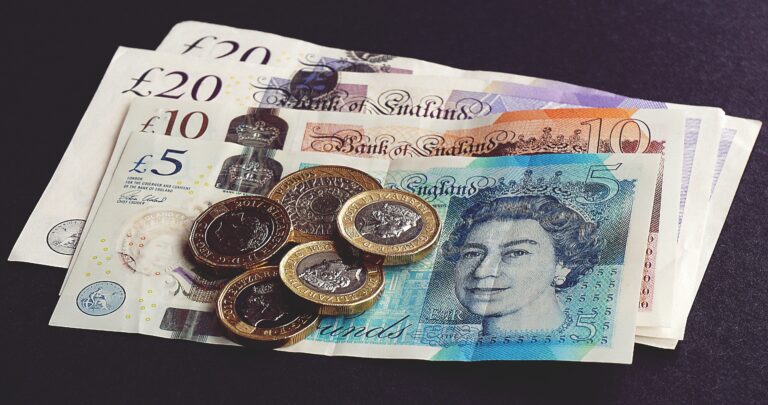
Morning Brief – Tuesday 20th
In the long run, we’re all dead
The quotation above is from legendary British economist John Maynard Keynes. These thoughts were offered in relation to the phenomena of fixed exchange rates but resonate strongly when considering yesterday’s market movements. US Commerce Secretary, Wilbur Ross, announced yesterday that the Trump administration would delay sanctions on the infamous Chinese Technology company Huawei.
Markets and consumers alike are alarmingly short-termist. One could easily imagine a dead financial world in which the value of money barely changes between months, years, decades but that’s just part of the human condition: we want everything and, in the words of Veruca Salt, we want it NOW. So when a large threat to trade is kicked yet another 90 days down the road, financial market participants have a tendency to forget it was ever going to happen in the first place. Now, hopefully they won’t all be dead in 90 days (!) but the long-run and its will-it/won’t-it uncertainty will lead to strong liquidations of defensive positions.
On the back of the news Gold, the ultimate safehaven in a financial storm, fell back below the key $1,500 per ounce level as the demand for safety fell. Equities rallied in the United States and Europe to the tune of 1% even as some of their respective currencies also gained in value. The US Dollar was the winner of the majors’ game as fears over German inflation and stimulus continued to weaken the Euro. Early in European trading, reports that suggested the German government was hastily preparing fiscal stimulus packages following negative quarterly growth and weak data led the single currency lower. In accordance with this move, the Bundesbank now anticipated a recession in Europe’s largest and most systemically important economy. The Euro lost traction throughout the day but promises of higher long run inflation kept the Euro in reasonable check against the US Dollar.
In the United States, the spread between the yield on 2-year dated debt and 10-year duration debt came back from last week’s inversion. Whilst discussing tariffs and trade within the technology sector, Trump also set his sights on the Fed, suggesting a 100-basis point cut was in order. To put that request in context that would mean that the overnight lending rate in the United States would be only 25 basis points more expensive than it presently is in the United Kingdom.
The interest rate differential is what drove the Dollar to such lofty heights in 2018. However, as is becoming increasingly more common, traders took absolutely no notice of the request by President Trump, pricing interest rate expectations largely in line with pre-declaration levels. The delay in tariffs and concomitant decrease in risk to global growth prompted investors to unwind long-duration debt holdings in anticipation of higher future growth and pushing an inevitable recession further away. The widening yield spread between the US and Europe, reinforced by improving domestic growth expectations, led the Dollar to a healthy 0.2% intraday gain yesterday. Improving risk sentiment also supported Sterling that had faced a shaky European open following the weekend’s political narrative and leaked Brexit documents. We noted last week that CFTC data showed an extension of the number of contracts held that were betting on the Pound taking a tumble. Whilst last week saw some of these positions liquidated there still remains a significant propensity for short covering to shove the Pound sharply higher. As the government engages in a round of heavy propaganda to shore up sentiment, any lasting improvement in expectations could lead to a hasty closing of these bets and a bid for Sterling.
Discussion and Analysis by Charles Porter

Click Here to Subscribe to the SGM-FX Newsletter
Related Insights

Daily Brief – A short lived short squeeze?
A short lived short squeeze? Sterling is undoubtedly benefitting from a short squeeze. Traders on net had increased positions that benefit from Sterling’s demise leading into the budget. Depending upon the participant’s persuasion, that could have meant gaining an outright short exposure to the currency or, in a more mild form, trimming any or all […]

Daily Brief – Sterling slides
Sterling slides Sterling took a leg lower ahead of the European open yesterday. Despite some tentative signs of recovery, GBP was still unable to claw back losses incurred during yesterday’s session. Before we cover the cause and implications of yesterday’s stumble amongst GBP crosses, let’s look at why the Pound was set up for a […]

Daily Brief – No bumps in the road
No bumps in the road The first three weeks of December were characterised by a heavy data and central bank schedule. Last week saw multiple G10 central banks release their latest monetary policy decisions following the release of economic data in the sessions prior. The government shut down earlier this quarter did little to help […]



 Charles Porter
Charles Porter